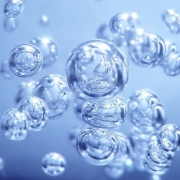Revolutionary New Nanotechnology Creates Unique Solution for Coronavirus Outbreak
Read moreSummary: A New Protocol for Eradication of Viruses Bacteria and Mold Spore on Surfaces of Transportation Vessels, Schools, Hospitals and Workplaces has Been Developed. As needs for new pathogen treatment technologies increase for diverse locations including transportation vessels, airports, schools, hospitals and workplaces, especially in light of the coronavirus outbreak a promising technology solution has emerged for the above problems. Recently the US Patent office granted a patent for a novel nanoplasmoid technology, and unique solutions for the other areas of industry mentioned above.



